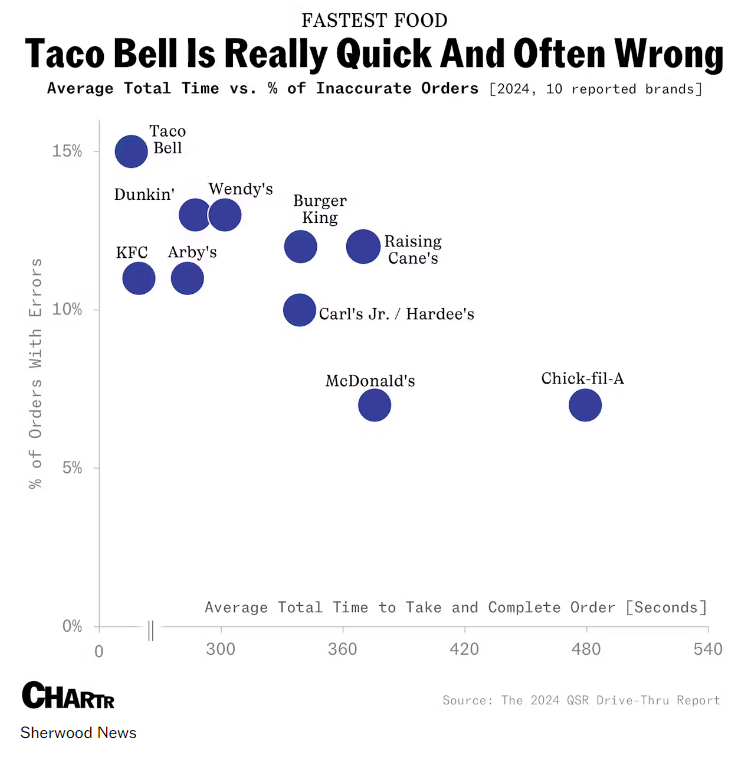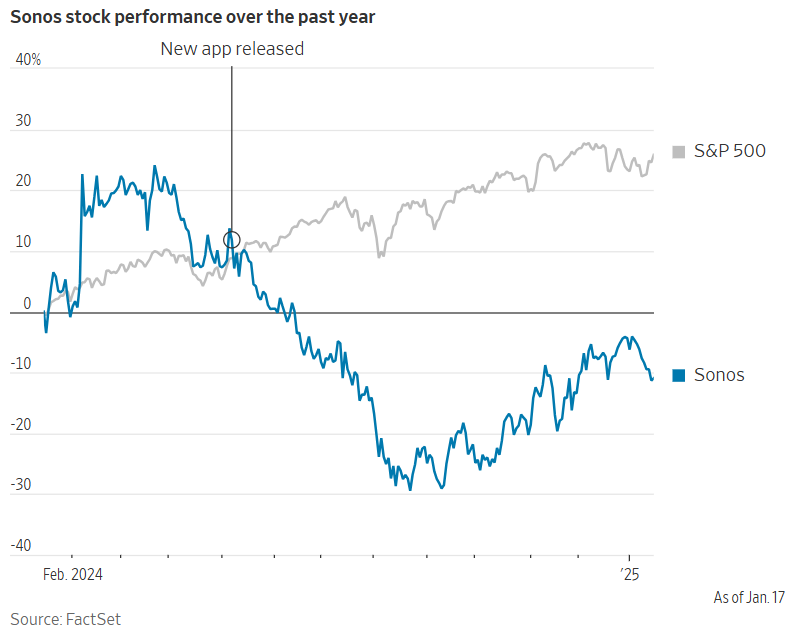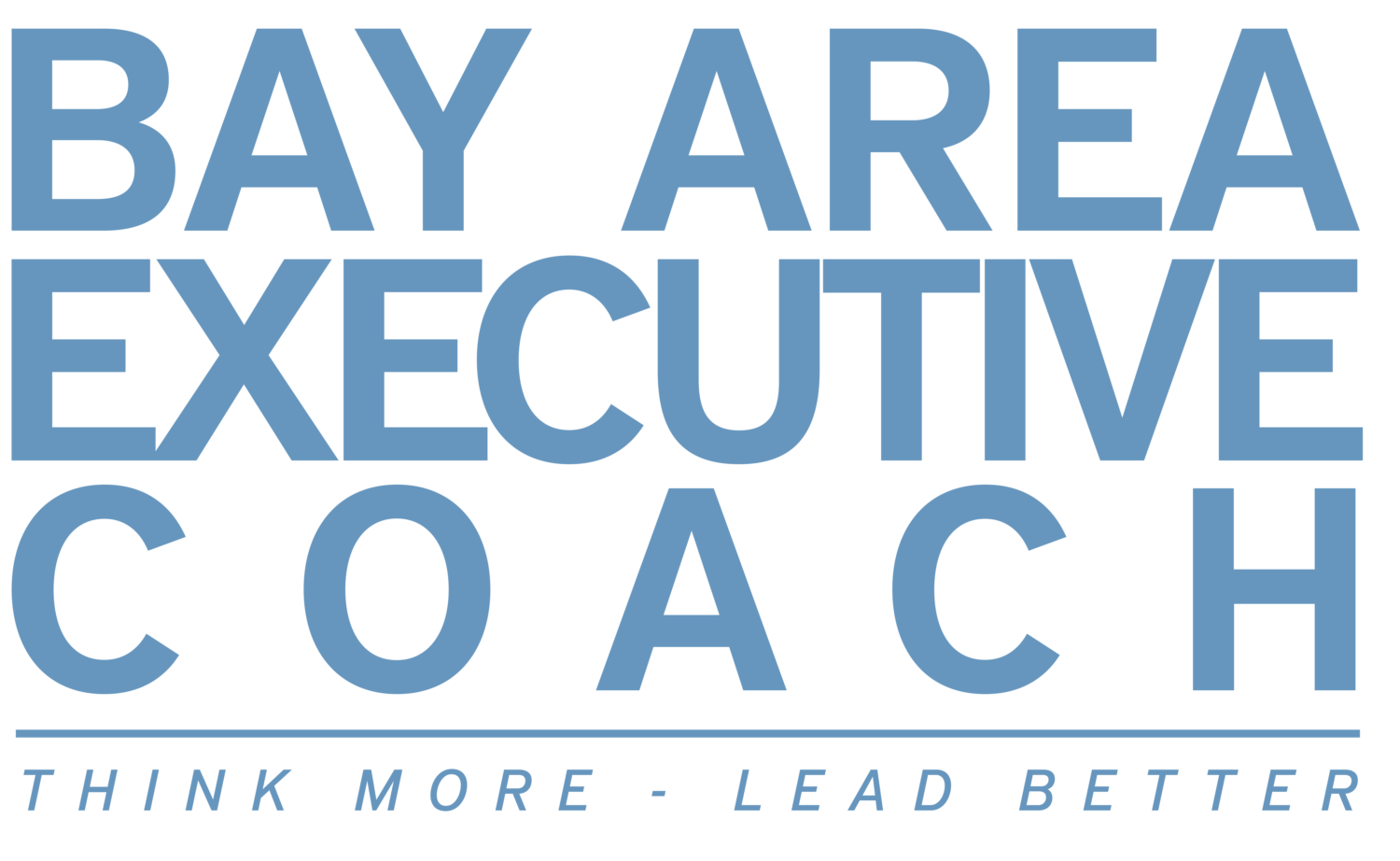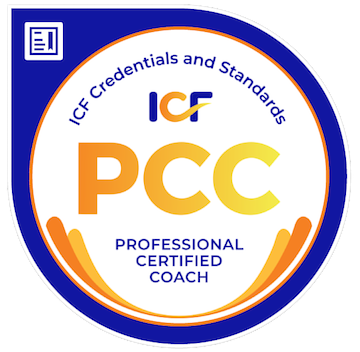
What I find interesting about this chart is where the brands with the highest per store average sales are. At the bottom. McDonald’s and Chick-fil-A far outsell the other brands listed with the exception being Raising Cane’s.
Raising Cane’s is an interesting exception in that they have a high degree of errors and take a while to fulfill an order. I don’t think I’d want to be in that slot.
If you’re like me, you don’t mind waiting a bit longer to ensure it gets done right the first time. In fact, we can get pretty angry when things don’t go well. I’m going to use a recent example from the company, Sonos.
2024 wasn’t very good over at Sonos. They released a new app for customers that had errors. Apparently, lots of them. Customers were very unhappy with the app and started complaining loudly. The CEO took months to apologize and ultimately lost his job over the whole thing. According to the Wall Street Journal, this episode (which isn’t entirely over) cost Sonos more than 500 million dollars. See the stock chart below.

Even though they’ve done much to seek to remedy the app since then, their stock is still down about 30%. This is an extreme example of the cost of not getting it right.
Should Sonos have taken longer to test the app and run multiple focus groups with real customers to ensure it was ready for prime time? Probably.
Bottom line, customers don’t like mistakes. They will reward companies who get it right the first time.
Turning to leadership now, in my experience, when people or teams don’t get it right, it comes down to poor communication. Judith Glaser, the late author of Conversational Intelligence, said that 9 out of 10 conversations miss the mark. That may sound extreme, but I suspect she wasn’t far off.
I recall one leader who was unhappy with the project results of a key team member. When we spent time in discussion about the leader’s part in it, he ultimately admitted that he probably didn’t spend enough time on the front end sharing his expectations and answering questions.
This is not uncommon. Many companies operate at a fast pace. Leaders often have brief conversations when assigning work only to realize they should have been more thoughtful and descriptive. Also, more curious about what the other person understood to be the task.
This last point can’t be overstated. What does the other person understand to be the task? Few will repeat back what they heard. You might want to check.
Inarguably, speed is important. It’s a differentiating quality and always will be a competitive advantage. But you must find the right balance of speed versus accuracy, or it will cost you.
Here are more resources related to this topic
Articles:
- The Role of Team Training in Building Company Culture
- Best Practices for Creating an Effective Leadership Training Program at your Company
- Creating a Culture of Coaching in an Organization
- Building a Culture of Accountability in Your Organization
Case Study:
- Guiding a Leader To Employ Emotional Intelligence at Work
- Bringing a Team Together for Strategic Planning Success
Ebook:
Guide:
- 7 Tips for Building a Culture of Accountability
- 6 Steps to Raise Employee Engagement
- 11 Ways to Make Your Company a “Best Place to Work”
Videos:
- Elevate Your Leadership – The Art of Being Fully Present in Meetings
- Five Steps to Greater Accountability in Your Organization
- Don’t Panic! How to Stay Accountable in 6 Common Tough Situations as a Leader
- Accountability in Email and Working With Friends!
- Do you have Accountability in Your Organization?
Photo copyright: Featured photo is from ©Canva.




















